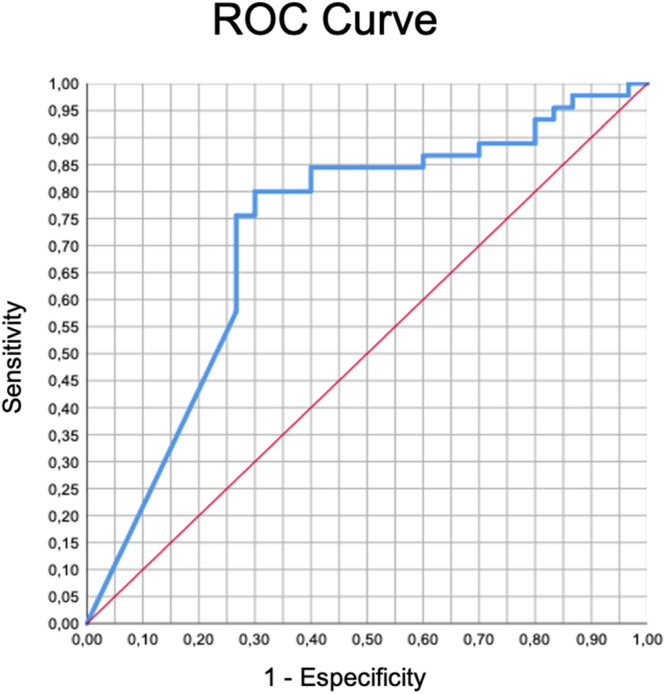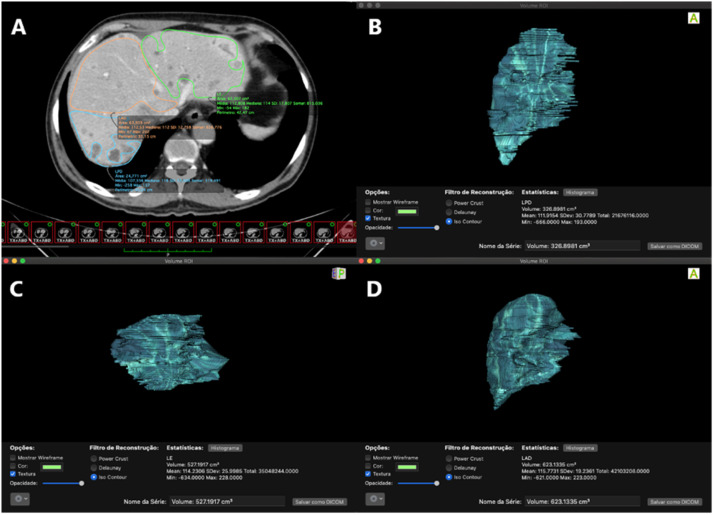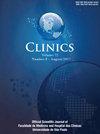肝门恶性梗阻内镜胆道引流术后肝容量引流与临床成功的关系。
IF 2.4
4区 医学
Q2 MEDICINE, GENERAL & INTERNAL
引用次数: 0
摘要
背景与目的:恶性肺门梗阻常见于疾病晚期,预后较差。有效的胆道引流对于姑息性化疗的开始是必不可少的。有一个争论的肝实质的数量,应该引流,以取得临床成功。本研究旨在探讨肝引流容量与临床成功率之间的关系。方法:回顾性分析2014年1月至2018年12月行逆行胆道内镜下胆道造影引流的恶性肝门胆道梗阻患者。主要观察结果是临床成功率与肝容量引流的相关性。次要结果是临床成功率与引流肝段数量、单侧与双侧引流的相关性。结果:82例患者符合纳入标准(58.5%为女性),平均年龄60±13岁。肝门梗阻的主要原因是胆管癌(32.9%),其次是淋巴结转移(23.2%)。技术成功75例(91.5%),临床成功45例(60%)。作者发现,当至少50%的活实质被抽干时,临床成功率显著相关(p = 0.016;Or = 4.15, 95% ci 1.4-12.5)。考虑到肝脏各部分,当至少有2个部分引流时,临床成功率更高(p < 0.001;Or = 8.50, 95% ci 2.7-26.7)。单侧引流与双侧引流与临床成功率的相关性无统计学意义。结论:无论单侧还是双侧,至少50%肝实质体积引流和至少2个肝段引流均可获得较好的预后。本文章由计算机程序翻译,如有差异,请以英文原文为准。


Correlation between liver volume drainage and clinical success after endoscopic biliary drainage of hilar malignant obstruction
Background and aim
Malignant hilar obstruction usually presents in advanced-stage disease with a poor prognosis. Effective biliary drainage is essential for the beginning of palliative chemotherapy. There is a debate on the amount of liver parenchyma that should be drained to achieve clinical success. This study aimed to correlate the volume of liver drained with clinical success rate.
Methods
The authors conducted a retrospective study including patients with malignant hilar biliary obstruction who underwent retrograde endoscopic cholangiography for biliary drainage from January 2014 to December 2018. The main outcome was a correlation of clinical success rate with hepatic volume drained. Secondary outcomes were correlation of clinical success rate with the quantity of liver sectors drained and unilateral versus bilateral drainage.
Results
82 patients met inclusion criteria (58.5 % female), with a mean age of 60±13 years. The main cause of hilar obstruction was cholangiocarcinoma (32.9 %) followed by lymph node metastasis (23.2 %). Technical success was achieved in 75 patients (91.5 %), and clinical success in 45 patients (60 %). The authors found a significant correlation between clinical success rate when at least 50 % of viable parenchyma was drained (p = 0.016; OR = 4.15, 95 % CI 1.4–12.5). Considering liver sectors, higher clinical success rates were found when at least 2 sectors were drained (p < 0.001; OR = 8.50, 95 % CI 2.7–26.7). The correlation between unilateral versus bilateral drainage and clinical success was not statistically significant.
Conclusion
Drainage of at least 50 % of volume hepatic parenchyma was associated with better outcomes as well as drainage of at least 2 hepatic sectors, regardless of if unilateral or bilateral.
求助全文
通过发布文献求助,成功后即可免费获取论文全文。
去求助
来源期刊

Clinics
医学-医学:内科
CiteScore
4.10
自引率
3.70%
发文量
129
审稿时长
52 days
期刊介绍:
CLINICS is an electronic journal that publishes peer-reviewed articles in continuous flow, of interest to clinicians and researchers in the medical sciences. CLINICS complies with the policies of funding agencies which request or require deposition of the published articles that they fund into publicly available databases. CLINICS supports the position of the International Committee of Medical Journal Editors (ICMJE) on trial registration.
 求助内容:
求助内容: 应助结果提醒方式:
应助结果提醒方式:


